Gaza is a coastal strip of land, on a trade and shipping route along the Mediterranean coast. Held by the Ottoman Empire until 1917, the strip passed from Britain to Egypt to Israel over the last century and is now home to over 2 million Palestinians.
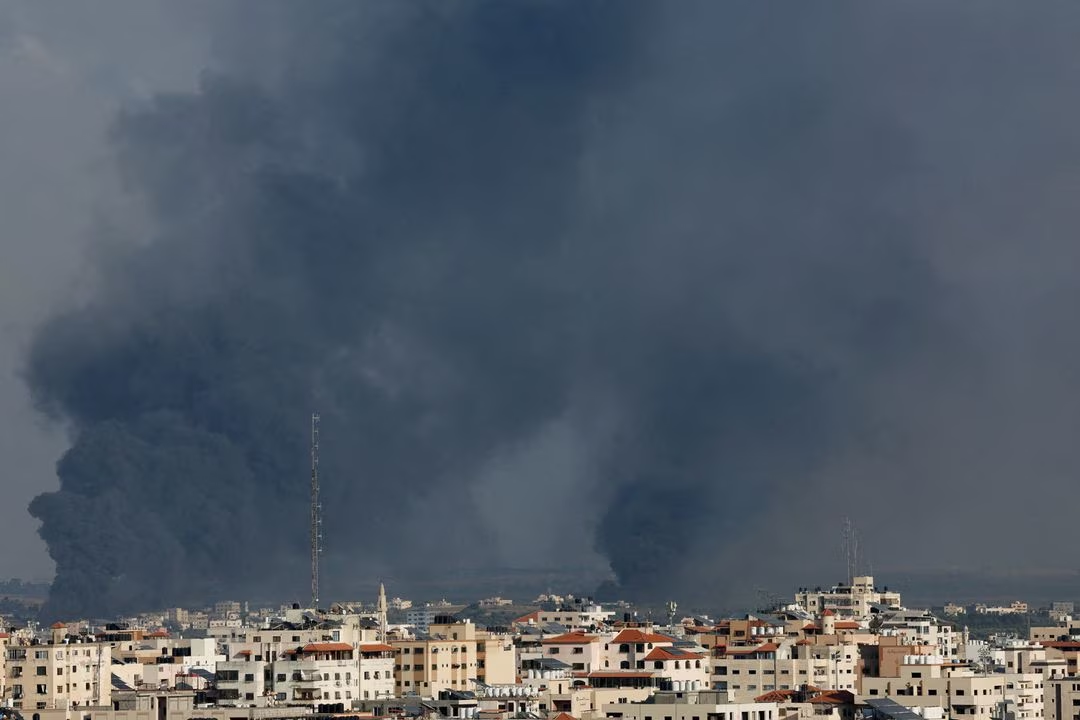
Photo: REUTERS/Mohammed Salem/File photo.
Here are some important milestones in the region's modern history:
1948 - End of British rule
As British colonial rule ended in Palestine in the 1940s, violence broke out between Jews and Arabs, leading to a war between the State of Israel and its Arab neighbors in May 1948.
Tens of thousands of Palestinians have taken refuge in Gaza after fleeing their homeland. The invading Egyptian army has seized a thin 40km coastal strip stretching from Sinai to southern Ashkelon. The influx of refugees has tripled Gaza’s population to 200,000.
1950s and 1960s - Egyptian rule
Egypt controlled the Gaza Strip for two decades under a military governor, allowing Palestinians to work and study in Egypt. The Palestinian “fedayeen” militia, made up of many refugees, carried out a number of attacks on Israel, with many in response.
The United Nations established a refugee agency called UNRWA, and today assists some 1.6 million Palestinian refugees in Gaza, as well as Palestinians in Jordan, Lebanon, Syria and the West Bank.
1967 - War and Israeli occupation
Israel gained control of the Gaza Strip in the 1967 Middle East war. An Israeli census at the time listed Gaza's population at 394,000, of whom at least 60% were refugees.
After Egypt withdrew from the area, many Gazan laborers began working in agriculture, construction, and the service industry in Israel. They could still travel to Israel easily at that time. Israeli soldiers remained in the territory to administer and protect the settlements that Israel built in the following decades. The presence of Israeli soldiers became a source of resentment among Palestinians in Gaza.
1987-First Palestinian uprising, Hamas founded
Twenty years after the 1967 war, the Palestinians launched their first intifada. It began in December 1987 after a traffic accident in which an Israeli truck crashed into a bus carrying Palestinian workers in Gaza's Jabalya refugee camp, killing four people. It was followed by stone-throwing protests, strikes, and shutdowns.
Capitalizing on the anger, the Muslim Brotherhood in Egypt established its Palestinian armed branch, Hamas, based in Gaza. Hamas, which aims to destroy Israel and restore Islamic rule in what it considers occupied Palestine, has become a rival to the Fatah party led by Yasser Arafat, the party behind the Palestine Liberation Organization.
1993 - Oslo Accords, Palestinian semi-autonomy
Israel and the Palestinians signed a historic peace agreement in 1993 that led to the establishment of the Palestinian National Authority. In this interim agreement, the Palestinians were given limited control over Gaza, and Jericho in the West Bank. Arafat returned to Gaza after decades of exile.
The Oslo Accords process gave the Palestinian Authority some autonomy, with the aim of establishing a state after five years. However, this has not happened. Israel has accused Palestine of failing to comply with security agreements, and Palestinians continue to resent the continued construction of Israeli settlements.
Hamas and Islamic Jihad carried out a number of bombings aimed at undermining the peace process, prompting Israel to impose further restrictions on Palestinians' ability to leave Gaza. Hamas also exploited Palestinian criticism of corruption and mismanagement of the economy by Arafat's cabinet.
2000 - Second intifada
In 2000, Israeli-Palestinian relations reached a nadir with the second Palestinian intifada, which saw a series of suicide bombings and shootings by Palestinians, as well as airstrikes, demolitions, no-go zones, and curfews by Israel.
One major loss was Gaza National Airport, a symbol of Palestinian hopes for thwarted economic autonomy and the only direct international link not controlled by Israel or Egypt. Opened in 1998, Israel viewed it as a security risk and destroyed its radars and runways just months after the September 11, 2001, attacks on the United States.
Another casualty is Gaza's fishing industry, a source of income for tens of thousands of people. Gaza's fishing zone has been tightened by Israel, a restriction Israel says is designed to control arms smuggling vessels.
2005 - Israel evacuates settlements in Gaza
In August 2005, Israel withdrew all troops and settlers from Gaza, after these groups had been completely isolated from the outside world by Israel itself.
Palestinians demolished abandoned buildings and infrastructure for scrap metal. The dismantling of settlements allowed for freer movement within Gaza, and a “tunnel economy” was created as armed groups, smugglers, and businessmen began digging tunnels to Egypt.
But Israel's withdrawal also took with it the factories, greenhouses and workshops that once provided jobs for Gazans.
2006 - Isolation under Hamas
In 2006, Hamas won a stunning victory in Palestinian parliamentary elections and took complete control of the Gaza Strip, ousting forces loyal to Arafat's successor, President Mahmoud Abbas.
Israel has banned tens of thousands of Palestinian workers from traveling to the country, cutting off a vital source of income. Israeli airstrikes destroyed Gaza’s only power plant, leading to widespread blackouts. Citing security concerns, Israel and Egypt have also imposed tighter restrictions on the movement of people and goods through Gaza’s border crossings.
The ambition to recentralize Gaza's economy to the east, away from Israel, was doomed before it could even begin.
Seeing Hamas as a threat, Egypt’s military-backed leader, Abdel Fattah al-Sisi, who has been in power since 2014, has closed the border with Gaza and destroyed most of the tunnels. Once again isolated, Gaza’s economy has stagnated.
Cycle of Conflict
Gaza's economy has been continuously negatively affected by the cycle of conflict, attacks and counter-attacks between Israel and Palestinian militant groups.
Before 2023, some of the bloodiest confrontations occurred in 2014, when Hamas and others launched rockets at central Israeli cities. Israel responded with airstrikes and artillery fire, destroying many residential areas in Gaza.
2023 - Surprise Attack
Although Israel believes it has kept Hamas in check by providing economic incentives to Gaza workers, the group's soldiers have been secretly trained and exercised.
On October 7, Hamas militants launched a surprise attack on Israel, destroying towns. Israel retaliated by devastating Gaza with airstrikes and burning down entire districts of Gaza, making this confrontation one of the most tragic events in the 75-year conflict .
Nguyen Quang Minh (according to Reuters)
Source


![[Photo] Prime Minister Pham Minh Chinh chairs the regular Government meeting in March](https://vstatic.vietnam.vn/vietnam/resource/IMAGE/2025/4/6/8393ea0517b54f6791237802fe46343b)

![[Photo] Military doctors in the epicenter of Myanmar](https://vstatic.vietnam.vn/vietnam/resource/IMAGE/2025/4/6/fccc76d89b12455c86e813ae7564a0af)

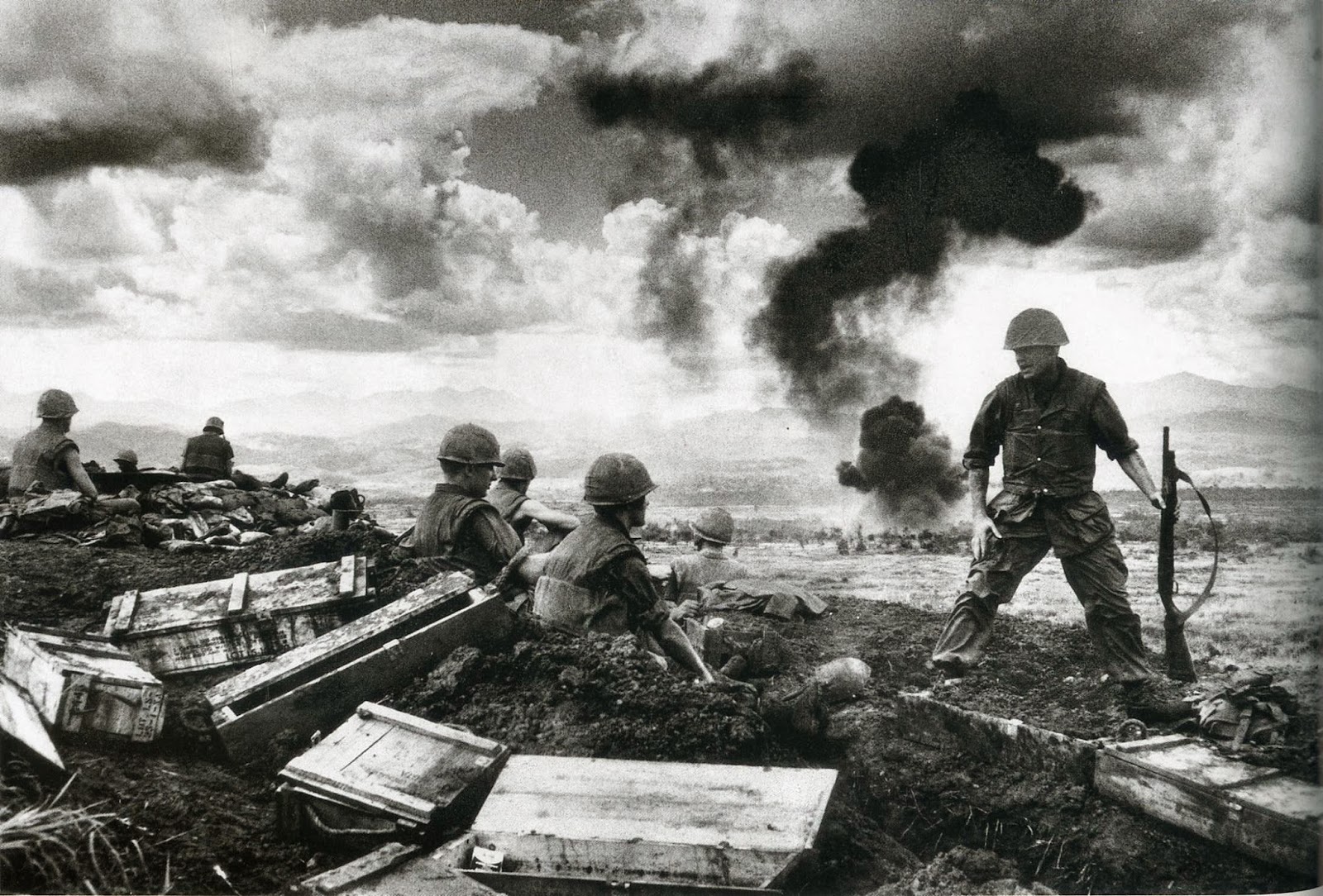

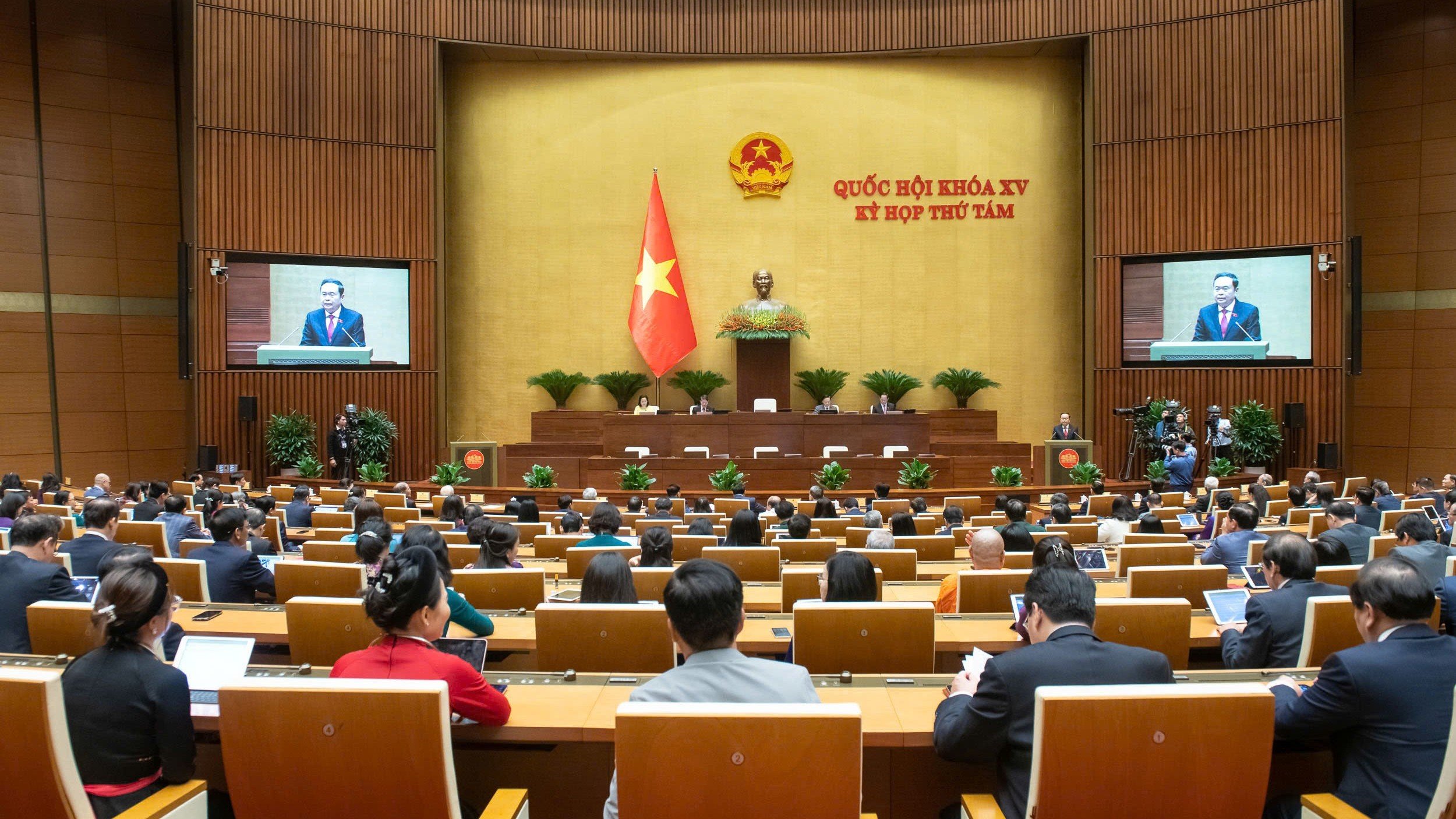
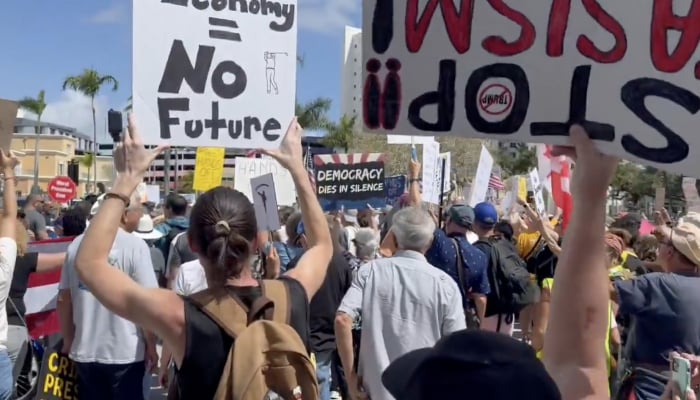

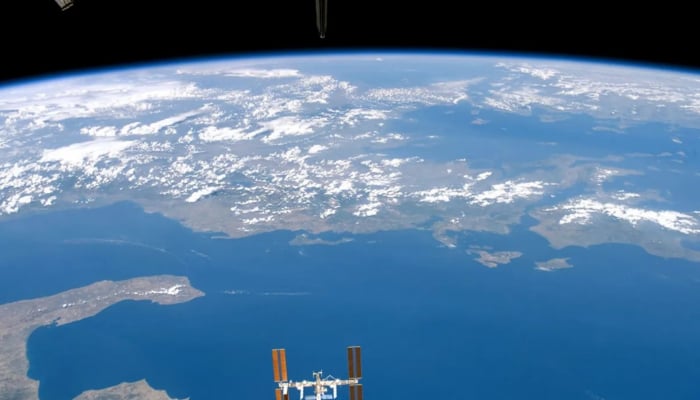


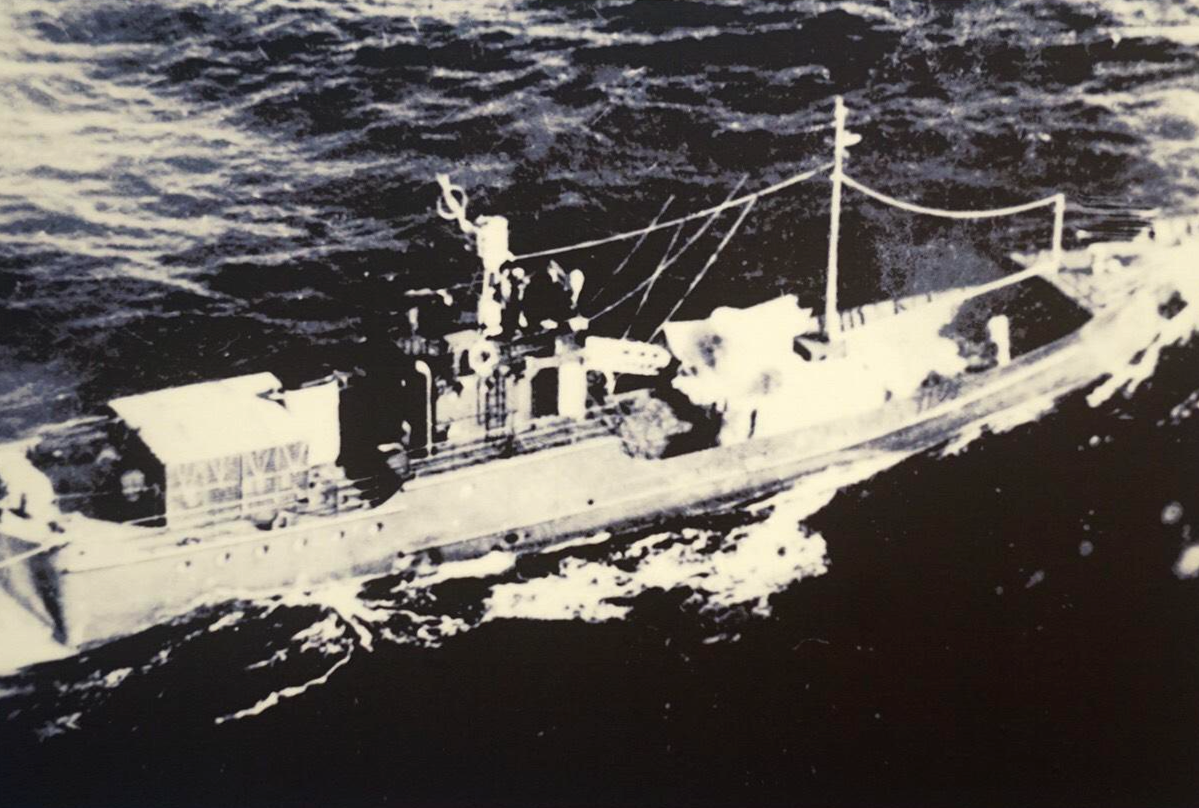

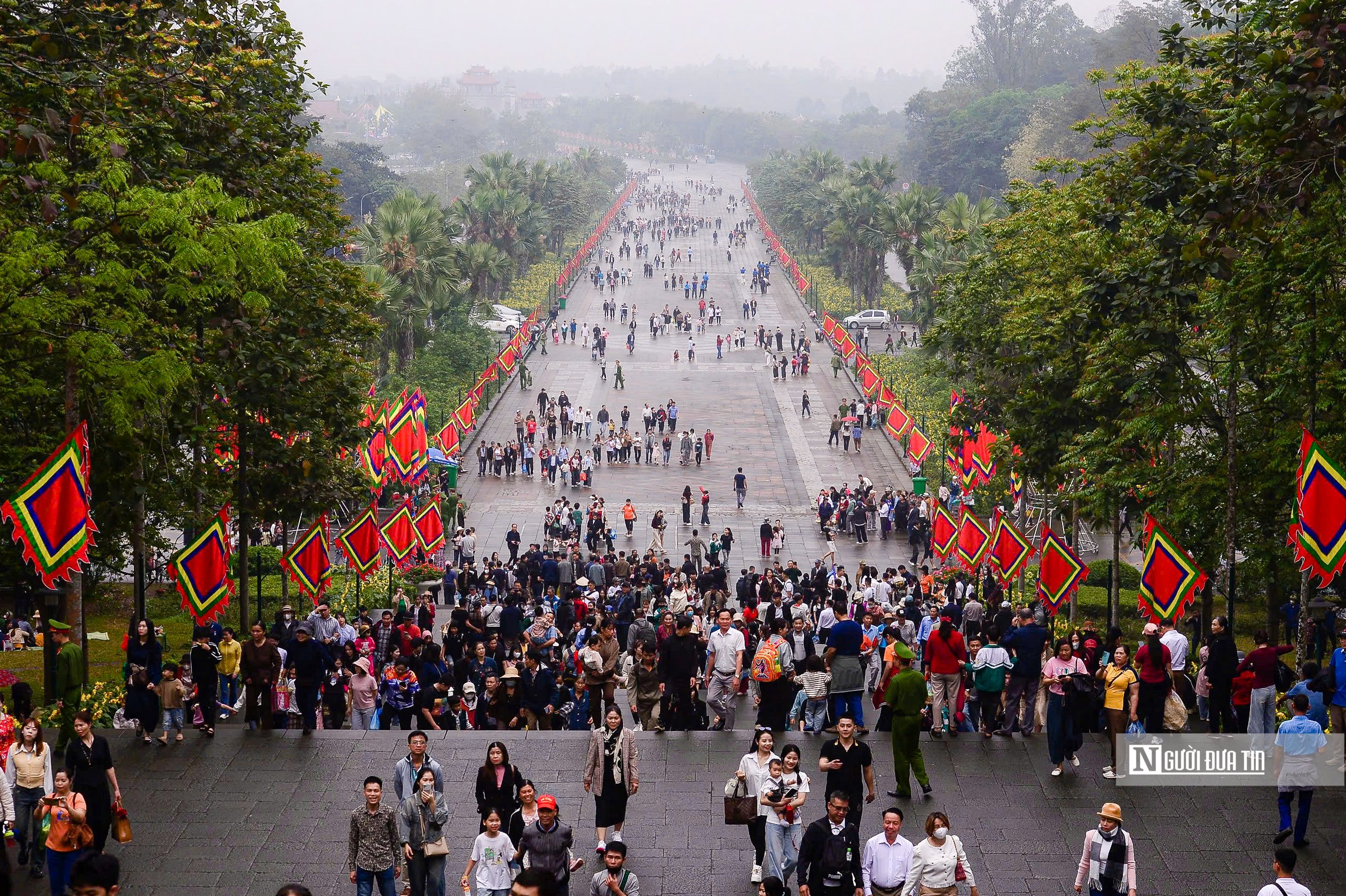





![[Photo] Quang Binh: Bright yellow vermicelli flowers in Le Thuy village](https://vstatic.vietnam.vn/vietnam/resource/IMAGE/2025/4/6/80efad70a1d8452581981f8bdccabc9d)








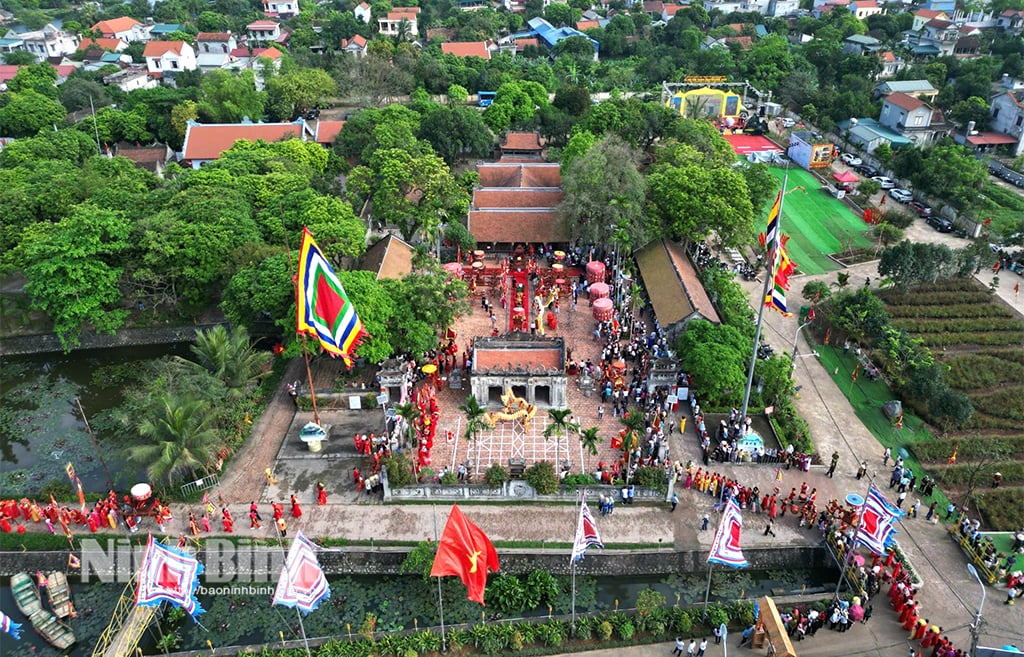





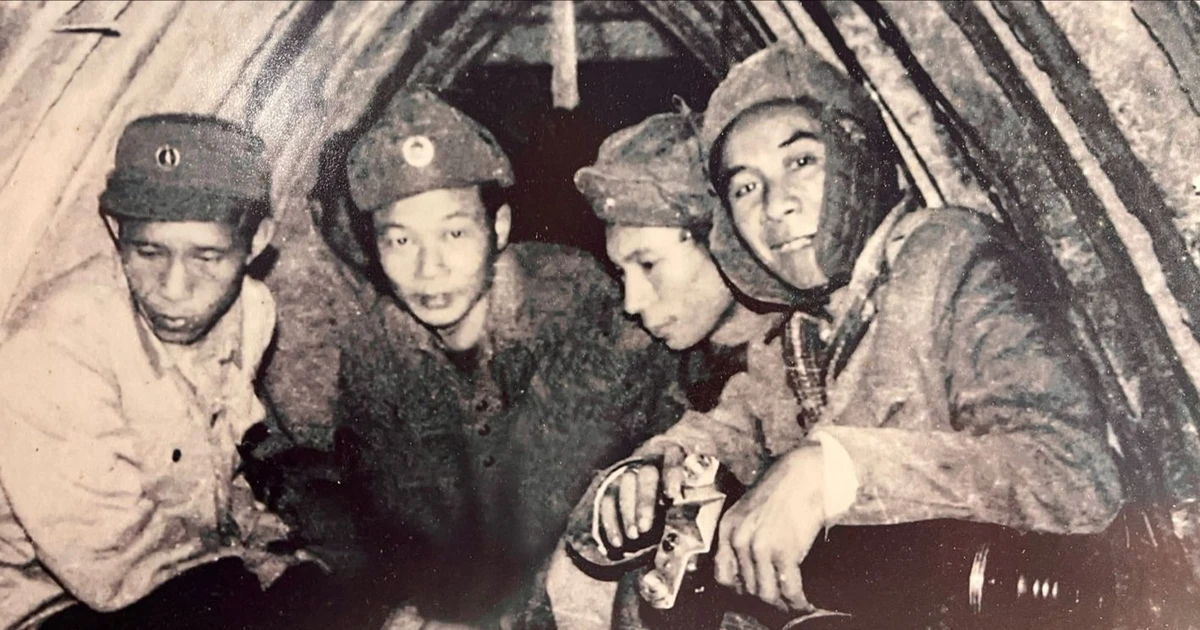










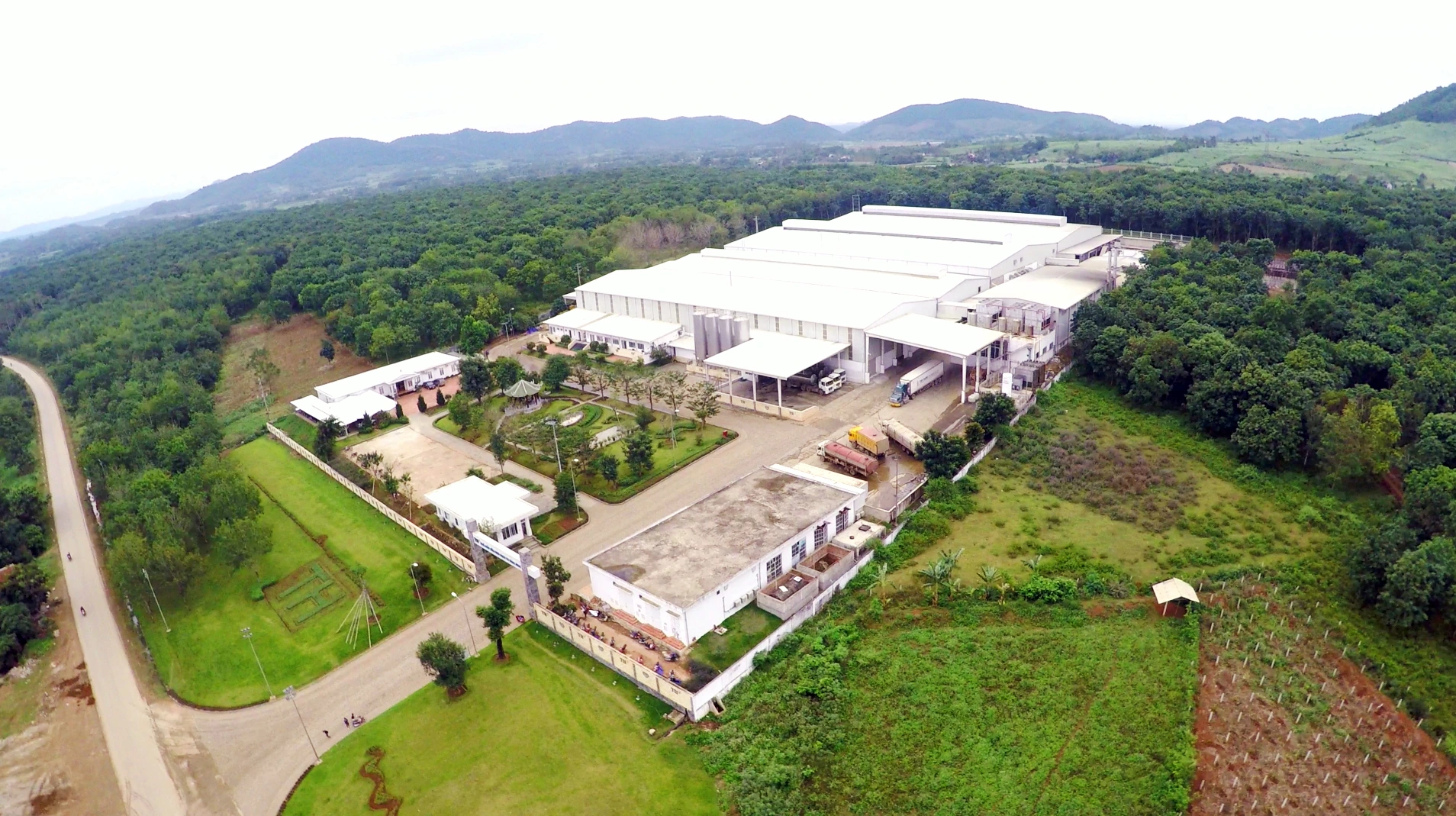







































Comment (0)